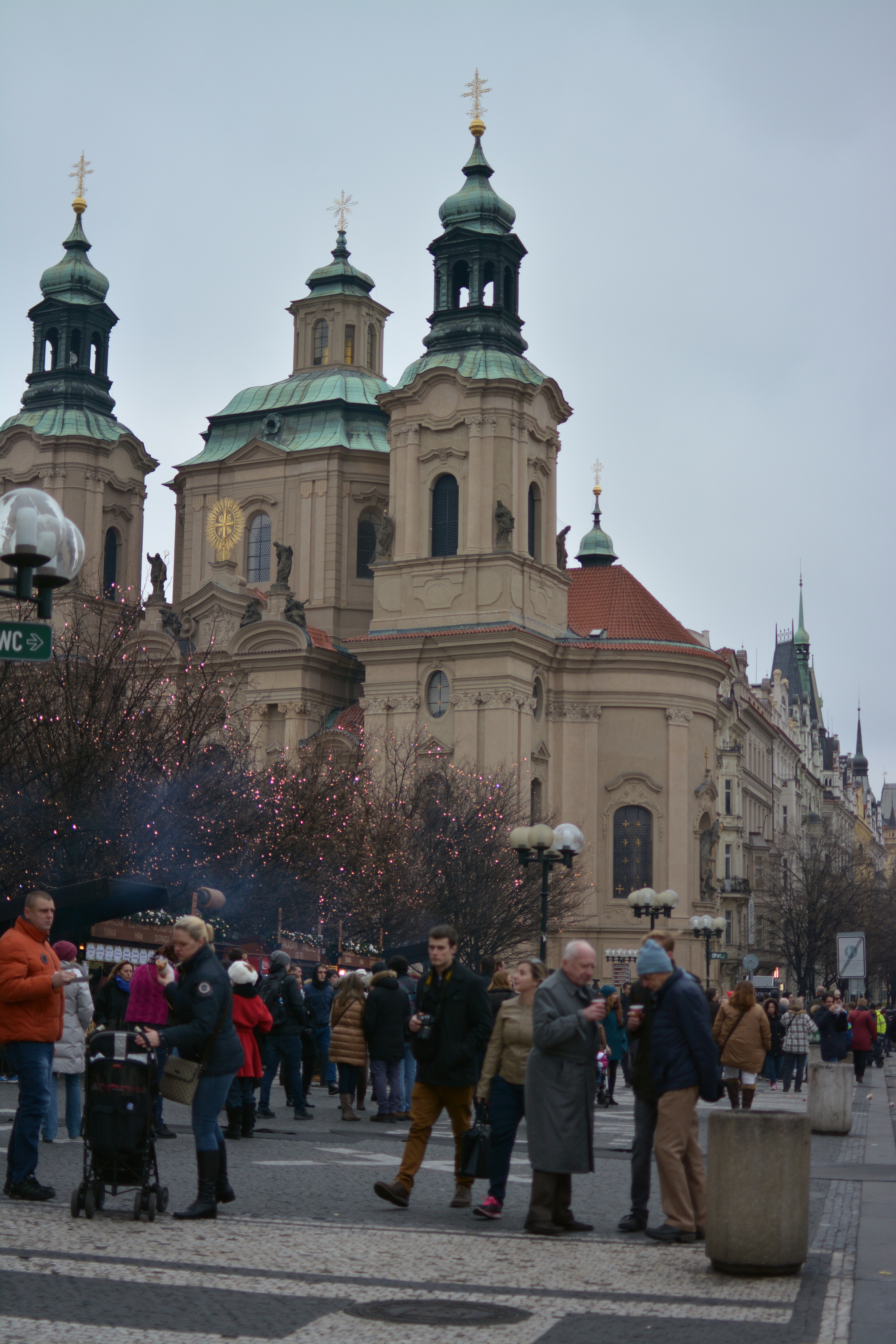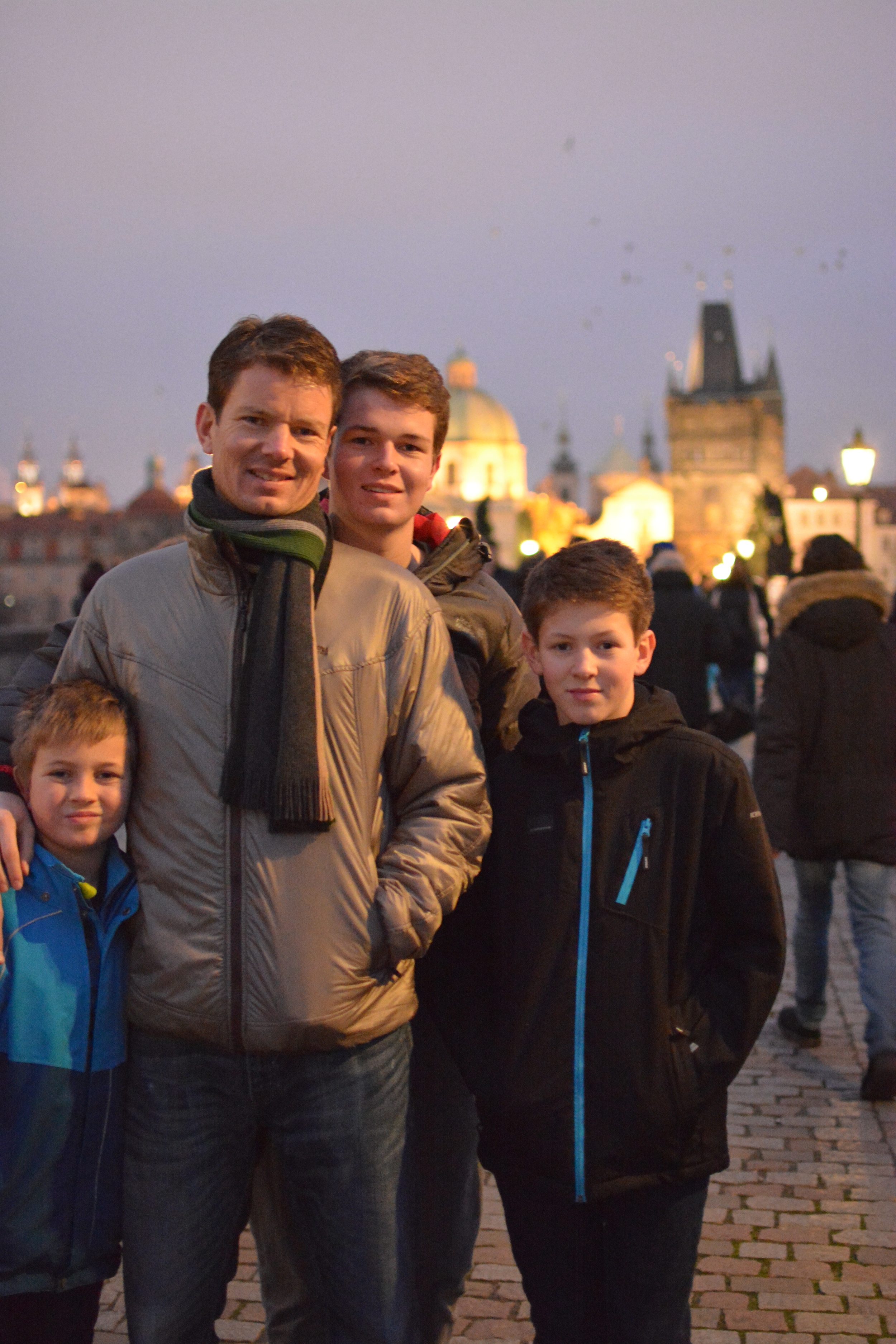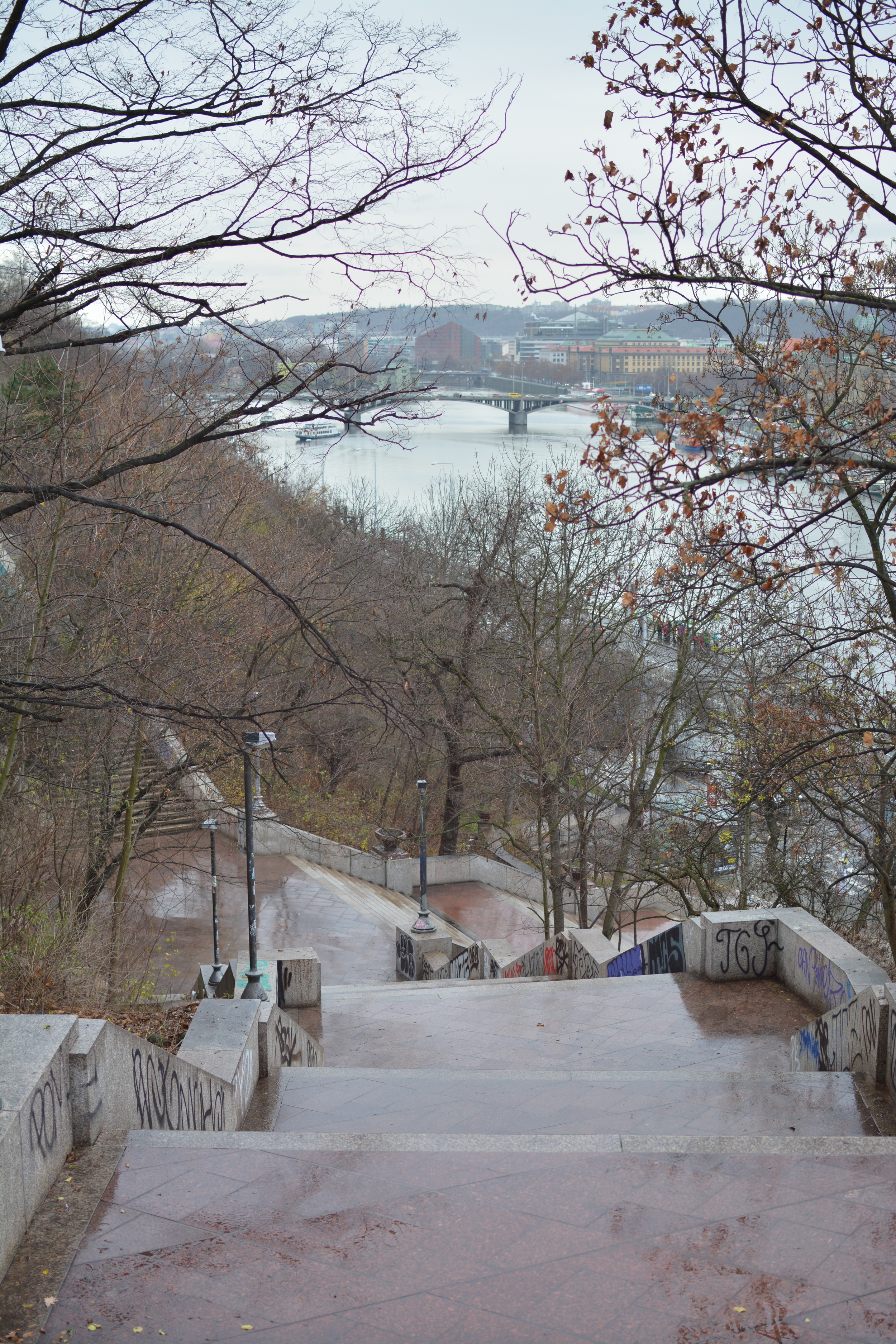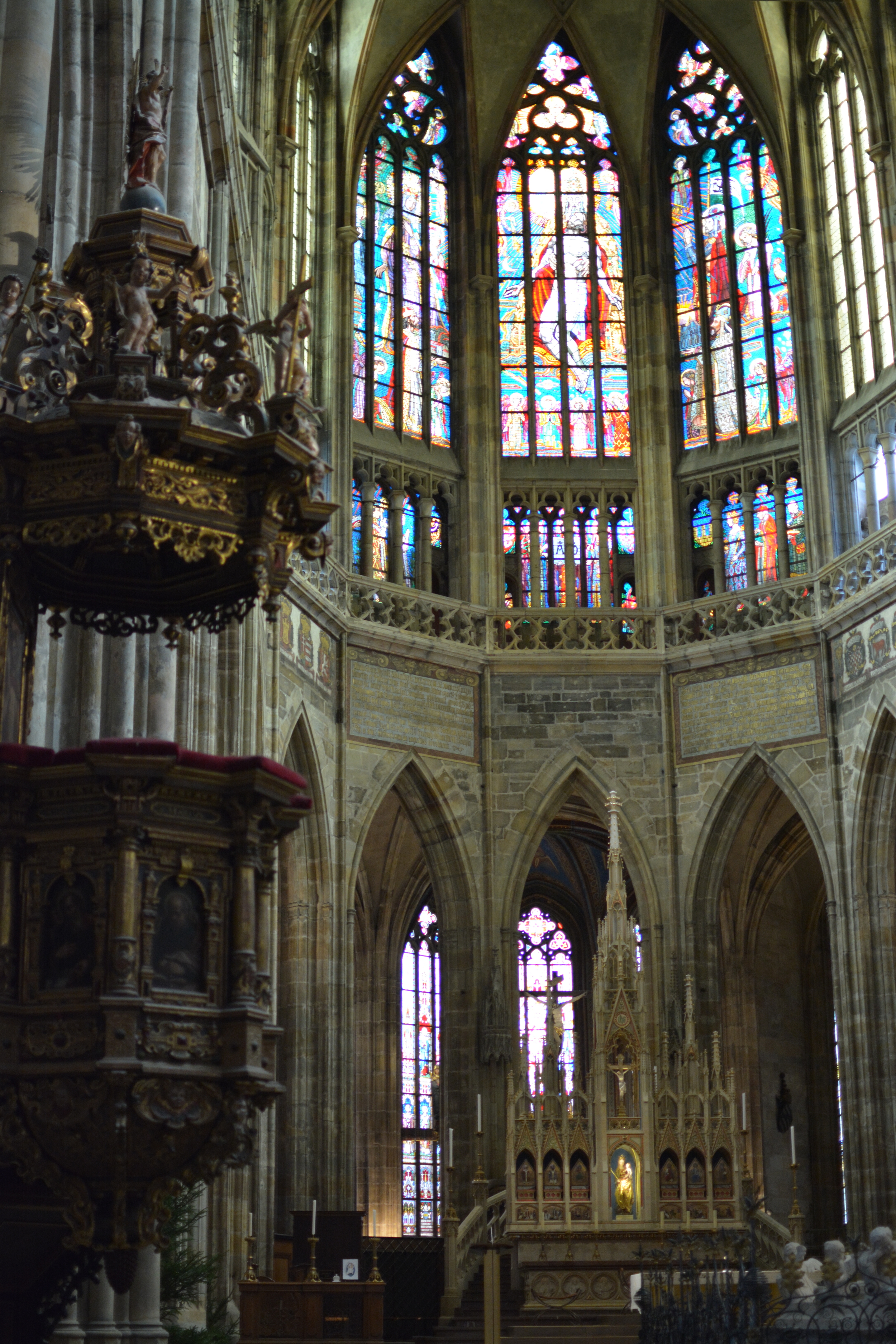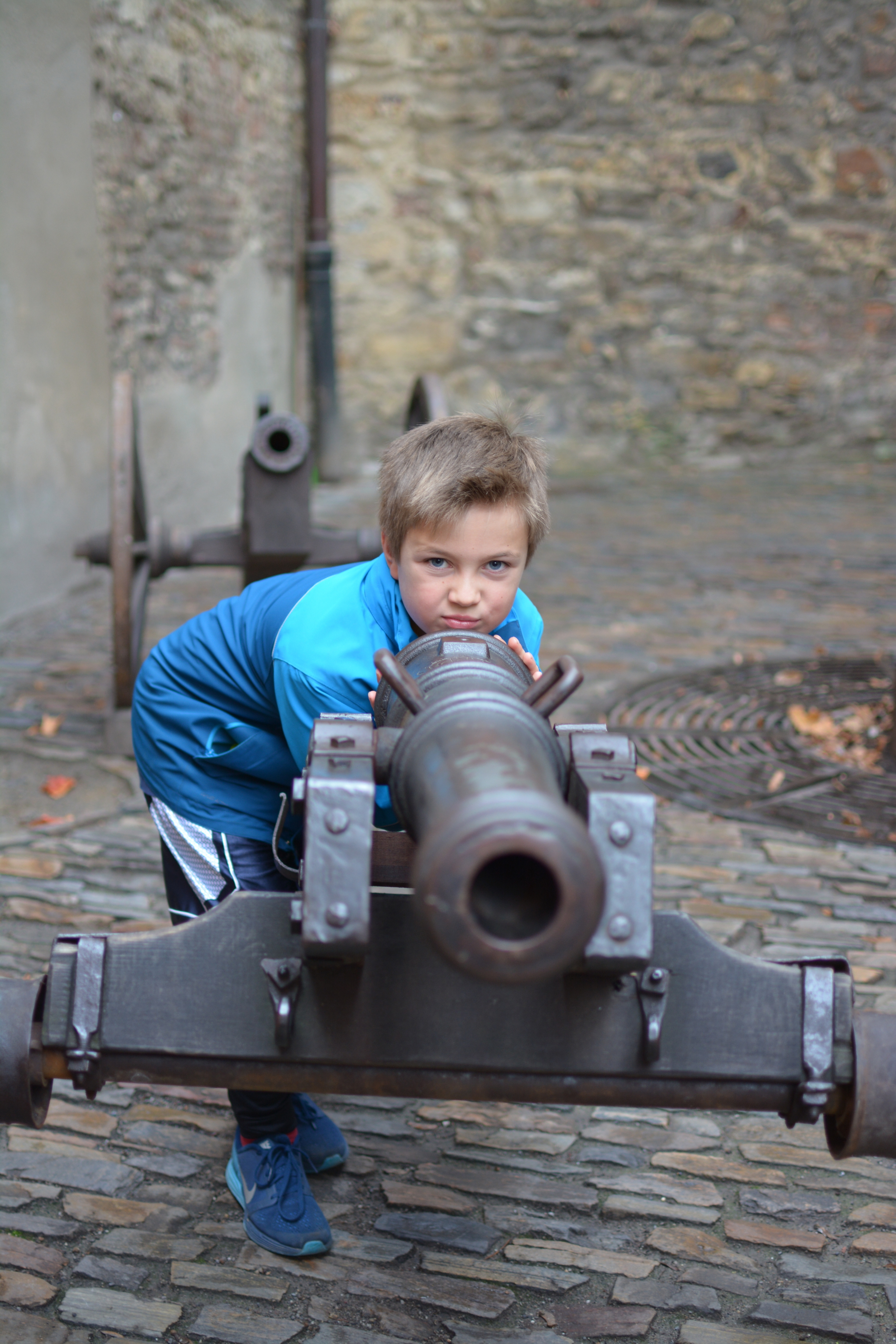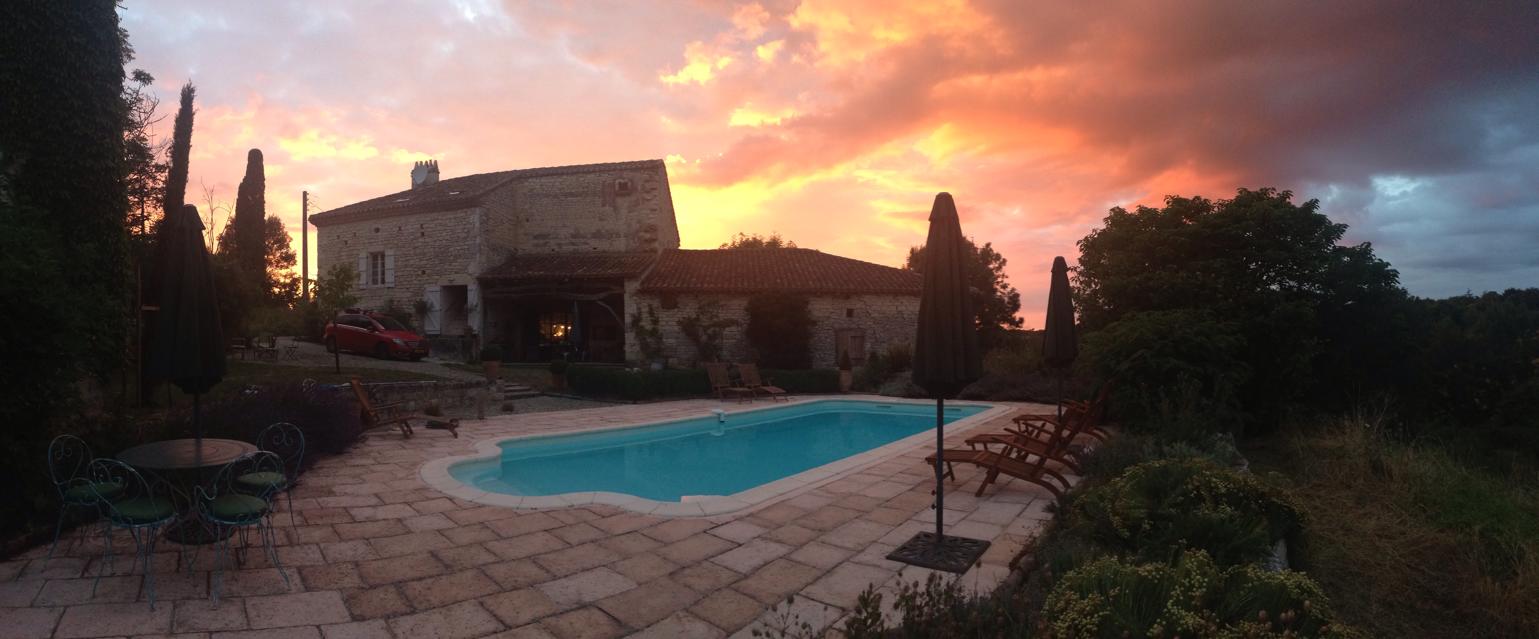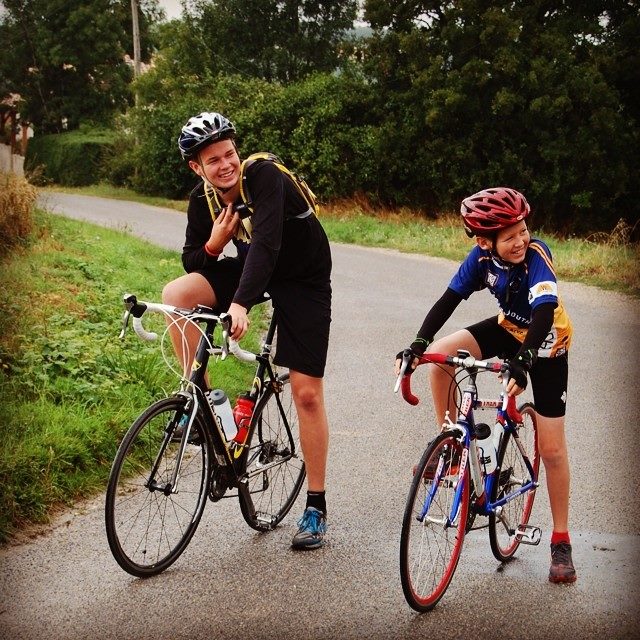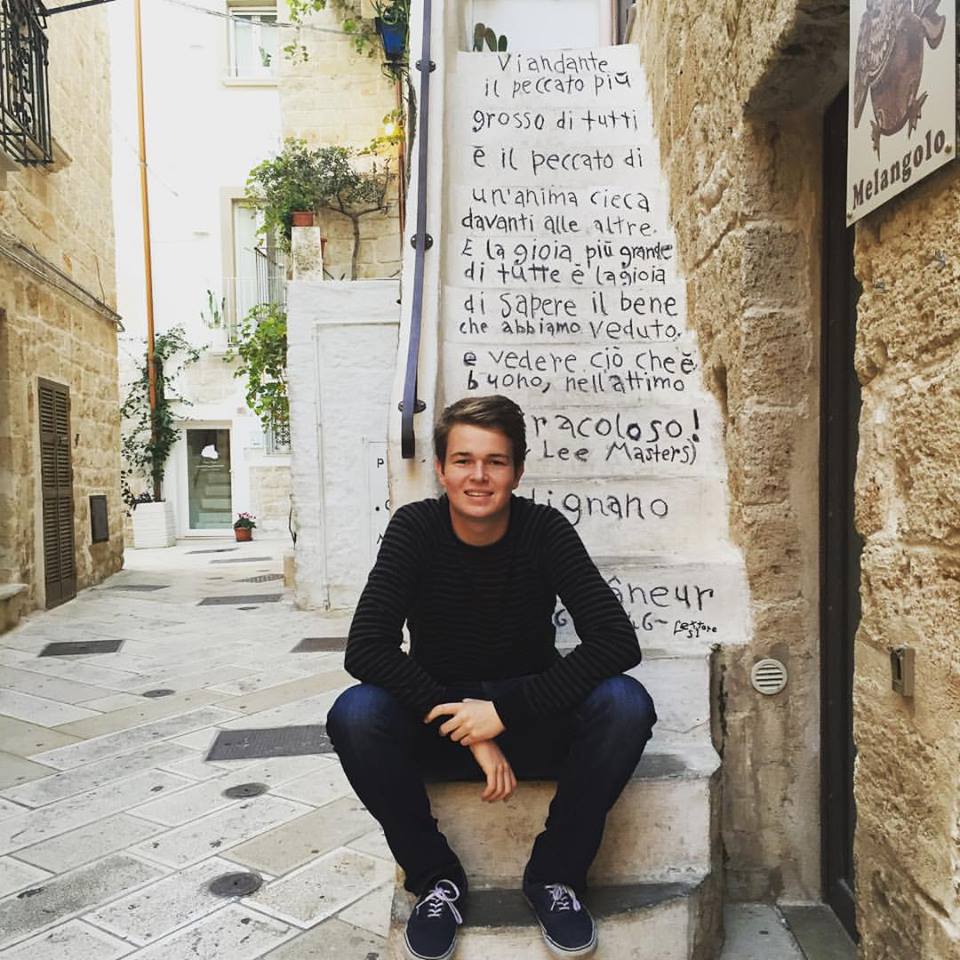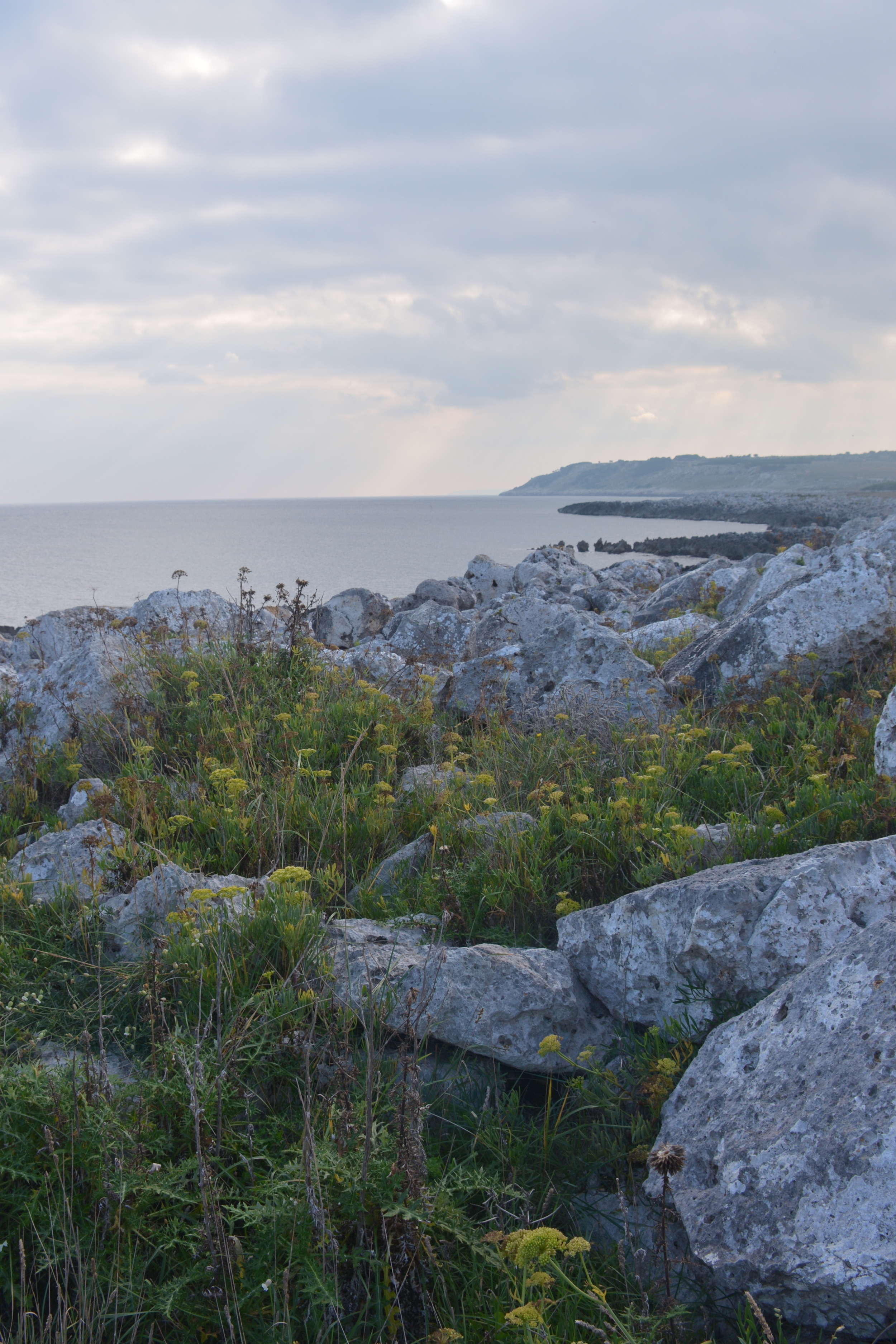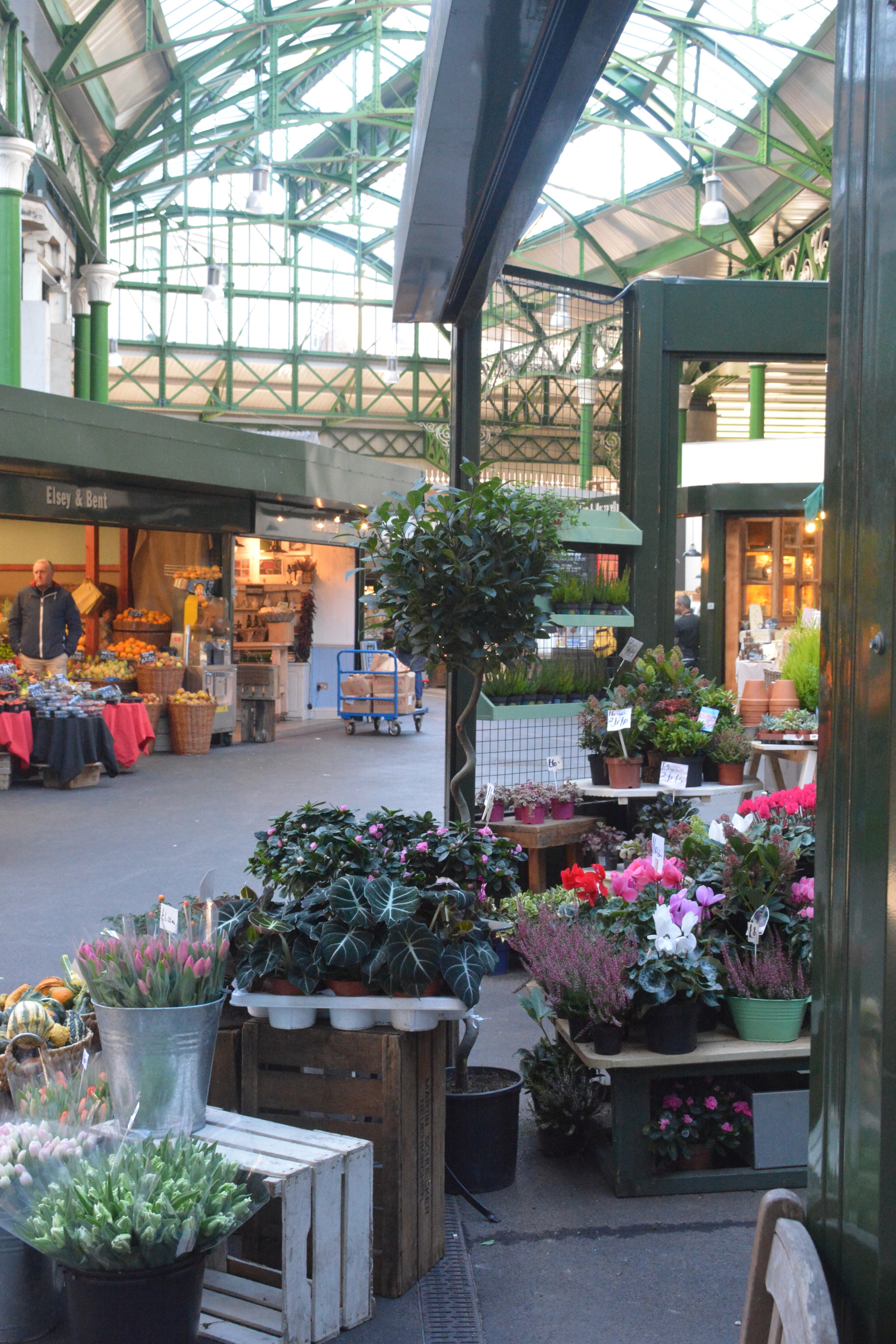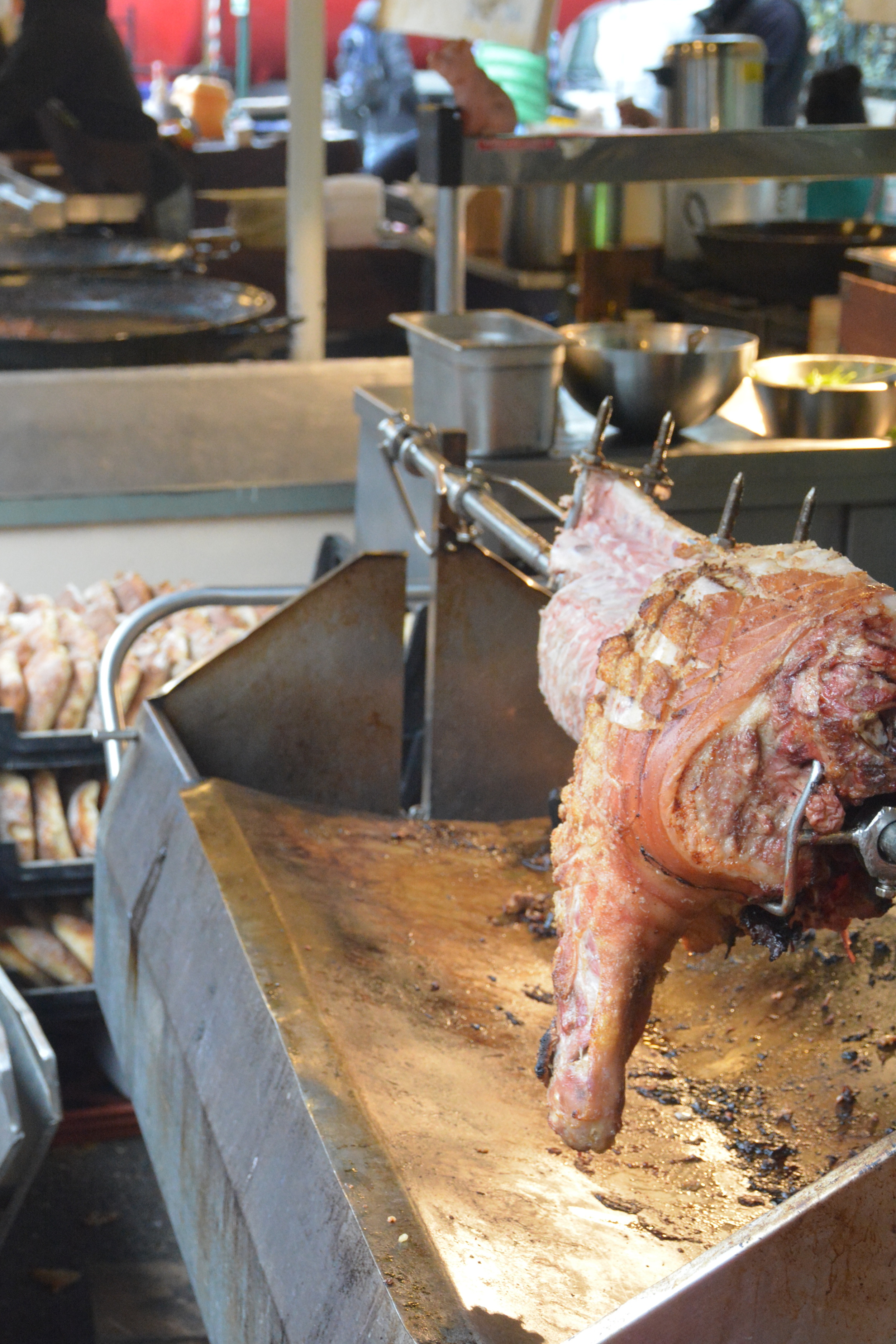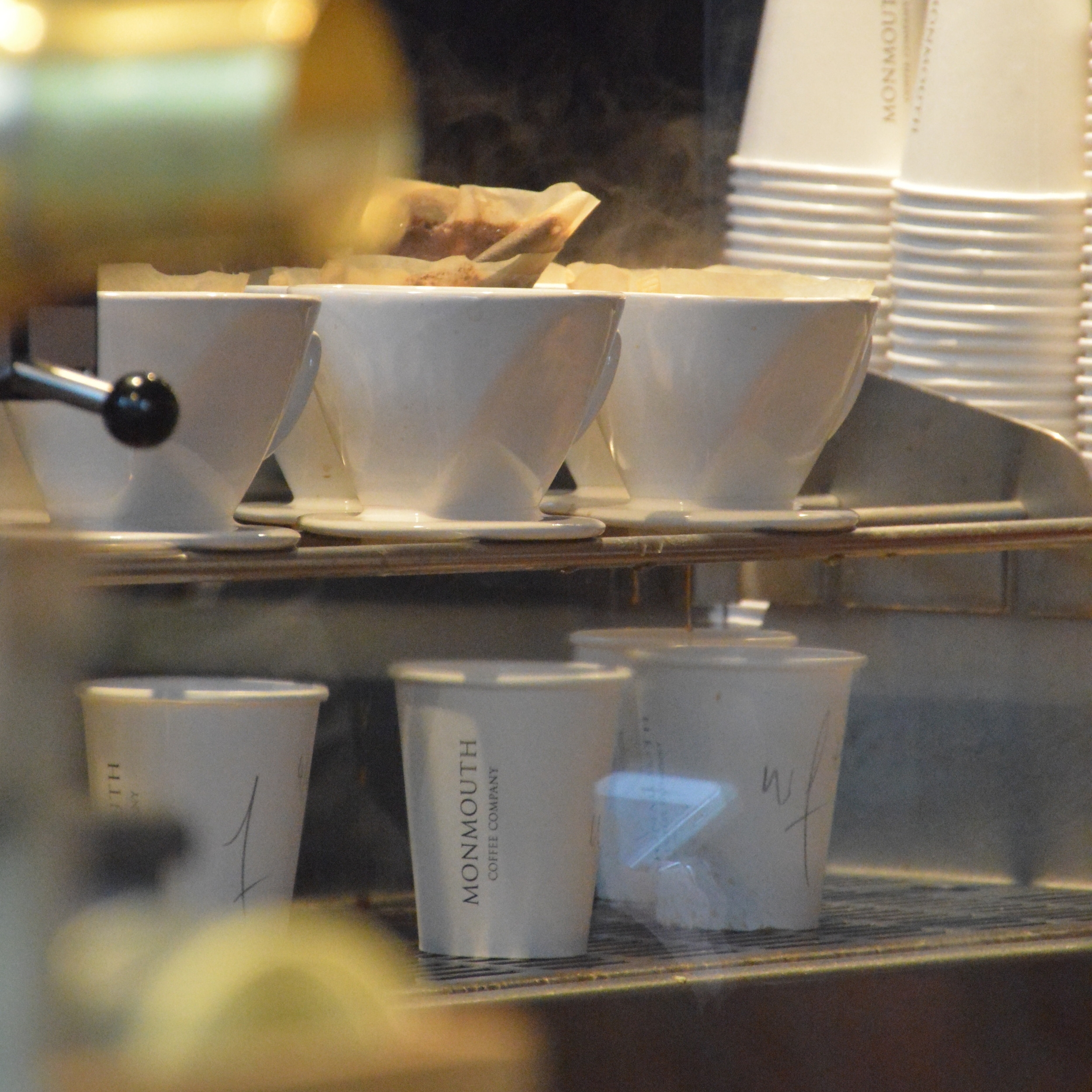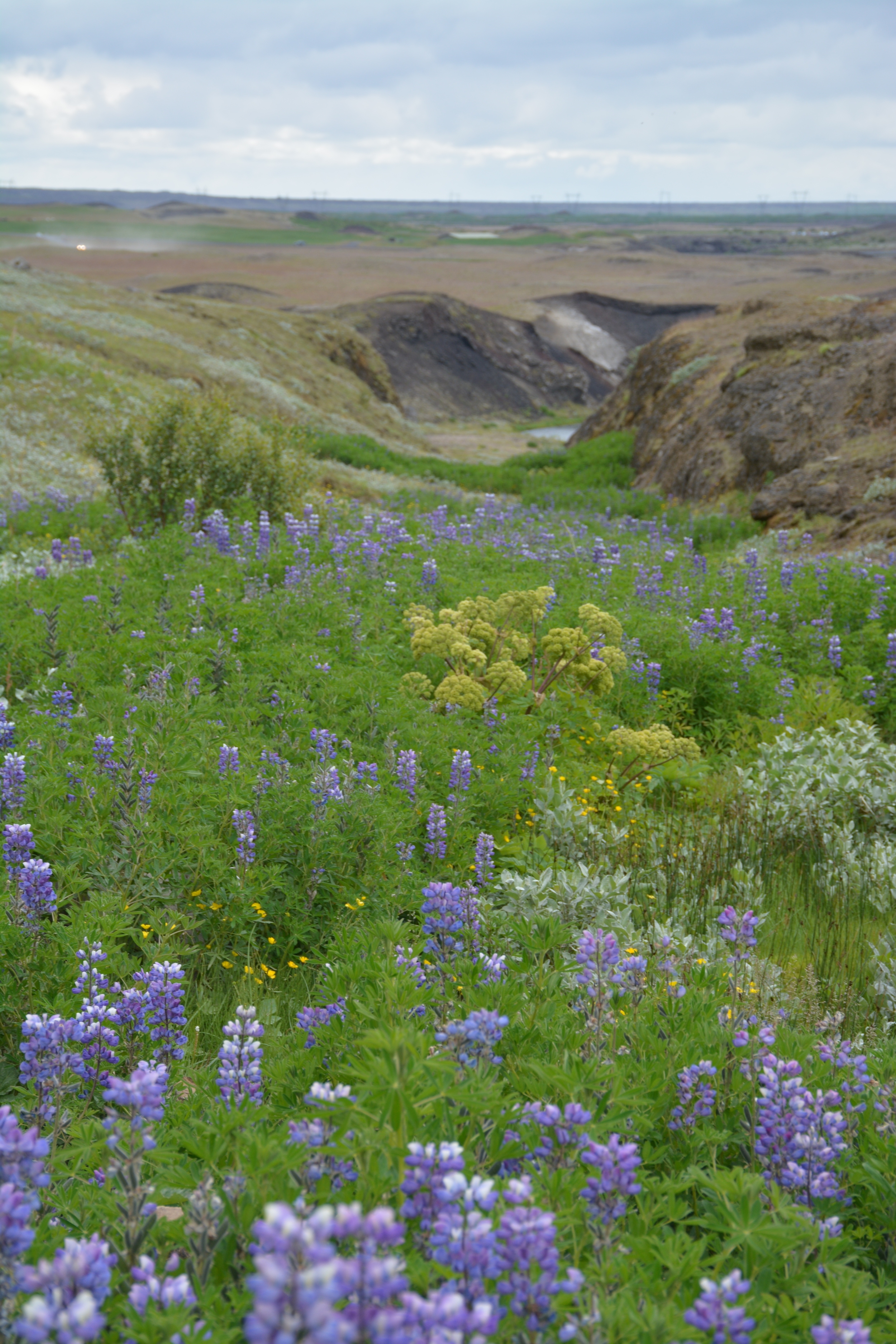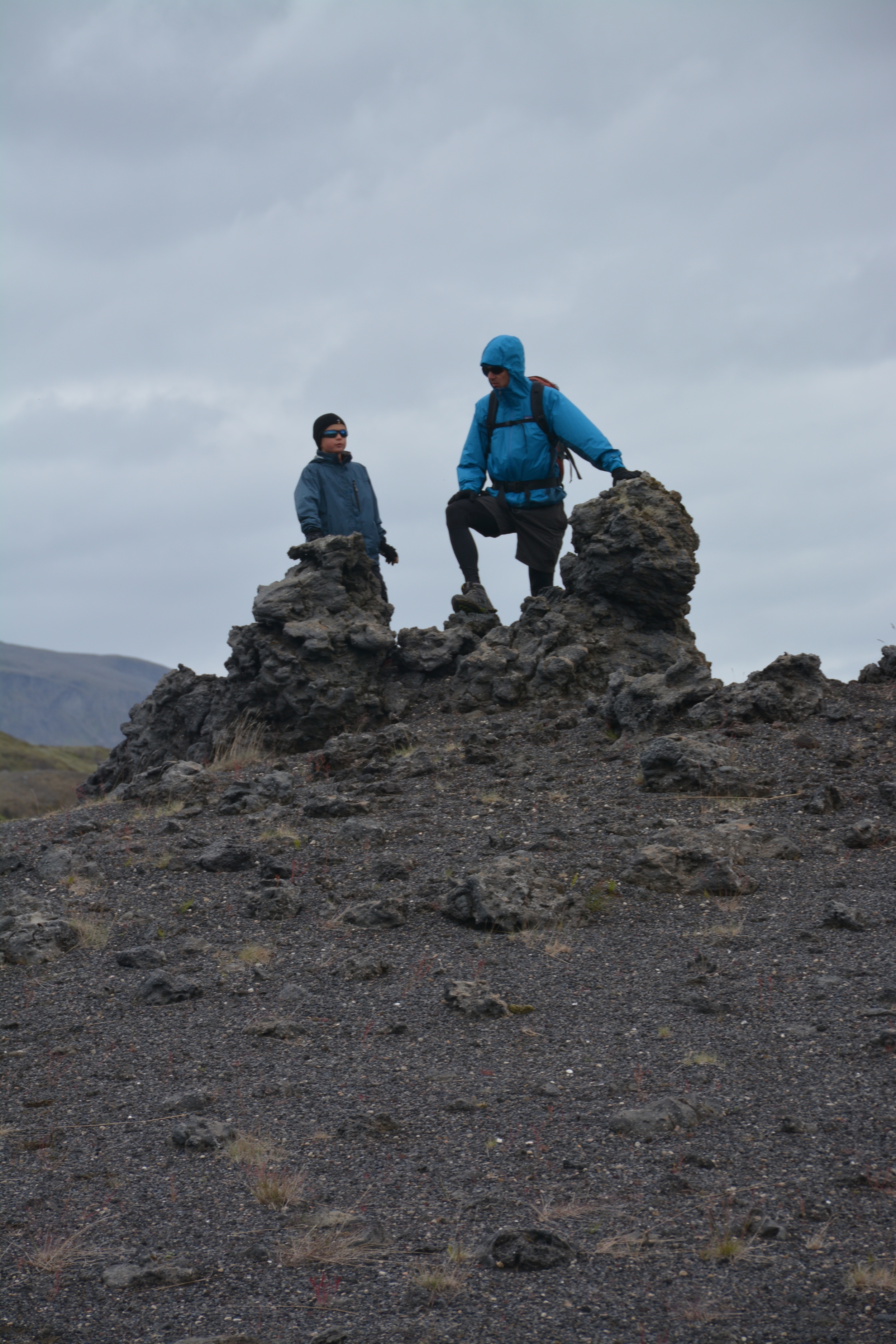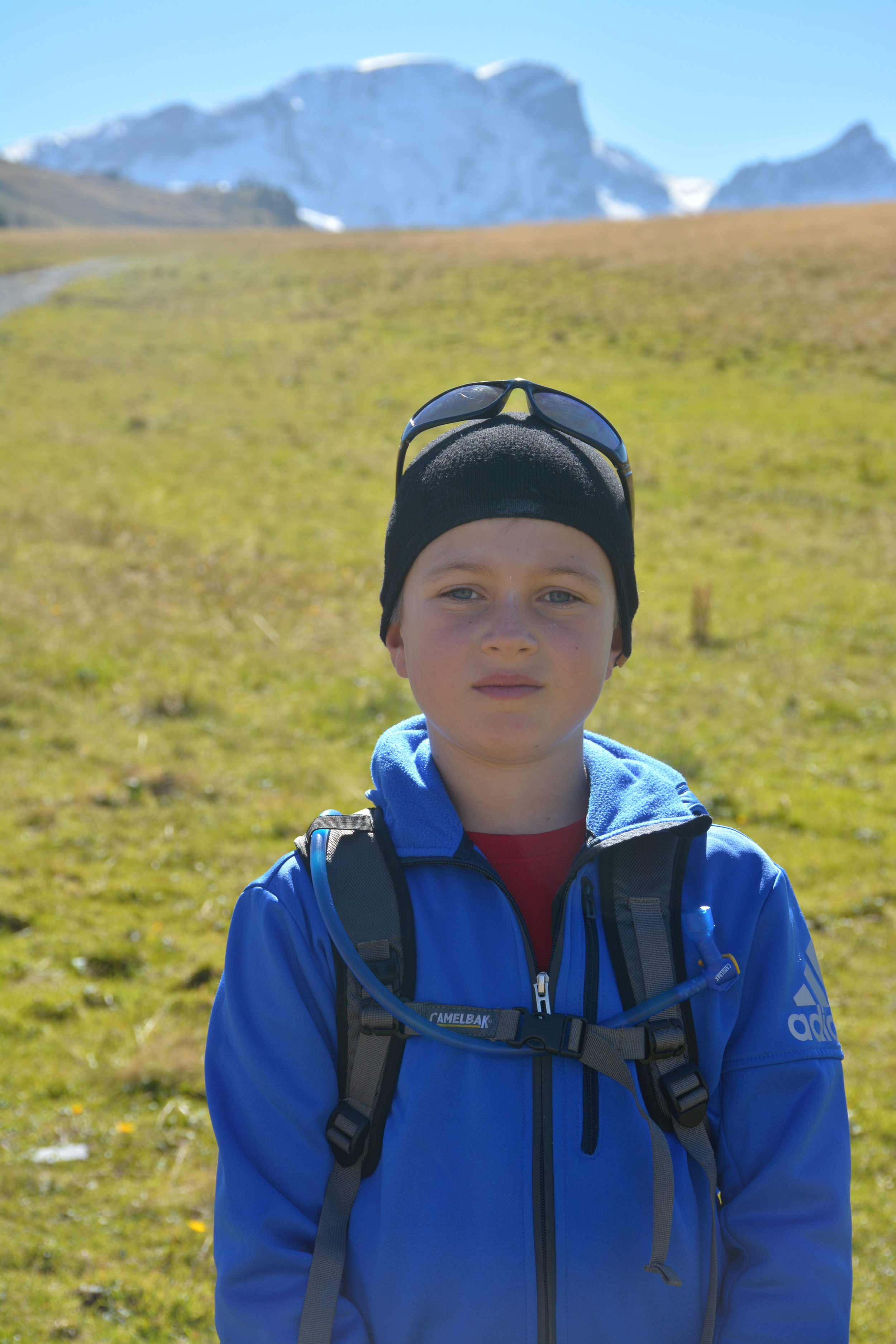Good morning, Seattle. Good afternoon, Luxembourg.
Here’s what you don’t need to know about our trip to London but may find useful.
Always a bit of a gamble, right? Everyone’s trying to make a buck in the big cities by renting their flat which makes for a lot of choice to wade through and the potential to get either suckered or stuck with questionably clean sheets.
With limited apartment hotel options in London and the need to lodge more than two people, here’s an Airbnb I can highly recommend. This apartment is on the South Bank and a bit of a walk (12 minutes by my watch, more than that by my children’s watch) to nearest Tube station, but for what it lacks in obvious convenience it makes up for in being on a very cool, gentrified-within-the-last-5-years-street called Bermondsey. Kids cool = Franco Manca (pizza) and The Watch House (mind-blowing pastries). Grown up cool = Village East (bfast, cocktails), Fuckoffee (coffee, wifi, questions from the 9 year old), Jose (tapas we wanted to have) and The Watch House (coffee, seriously… mind-blowing pastries.)
Not all of us can swing a hotel in South Kensington, so other neighborhoods to check out for lodging are Shoreditch, Clerkenwell and Southwark. If traveling as a pair, our vote for best hotel /value is the citizenM Hotel in Southwark. With several trips a month to London, my husband has sampled many hotels and has chosen his second home at The Zetter Hotel in Clerkenwell.
Bonus tip: Since we are on the topic of Airbnbs and big cities, here’s an apartment (this one centrally located) to recommend in Madrid.
With more than 40 theatres in the West End, you can’t go to London and not see a show. We saw “Bend if Like Beckham: The Musical” at the Phoenix Theatre. It cost only 29 euros a person to be in the 6th row for a 2 ½ hour feel good celebration of sport and culture and girl power. Show ends March 5. For the best deals (like the one we got), go to the TKTS booth in Leicester Square at 10am (be prompt!) for day of tickets. This method does require show flexibility. Yes we wanted to see Lion King. No we didn’t want to stand.
Bonus tip: Not only is the art & design Victoria and Albert Museum free but it also has an excellent Theatre and Performance Collection. It’s also the best of the trifecta of free museums in South Kensington (V&A, The Science Museum, and the Natural History Museum) to attempt on a busy Saturday morning.
In London that’s not a fair question. There are so many good places to eat. Skip Trip Advisor for recommendations and see what Time Out London has to say. Here’s a previous blog on places we like to eat in London, many of which we visited again.
Bonus tip: Booking for dinner is always a good idea and turns out to be a necessary one when it’s Saturday and Valentine’s Day. We finally lucked out and got a late table at Rabot 1745, a restaurant in Borough Market where every dish includes cacao. The well established aphrodisiac. On Valetine’s Day. Makes sense why the 12 top table was available.
We did eat at Chipotle and did not get sick.
Bonus tip: If you are in London, be better than Chipotle.
- Little Pakistan (or not).
The first time we went to Tayyabs in Whitechapel we waited an hour for our reserved table. On a weeknight. The scene in the waiting area could only be described as complete chaos to us as Westerners but typical in other parts of the world. The food: worth every minute of waiting. My husband wanted to bring the boys to give them a little window of what his trips to neighboring India have been (and tasted) like. After all the buildup about the wait time and commotion this time we got seated in 2 minutes. As for it feeling like Little Pakistan, it did not. As for the taste … oh yes.
Bonus tip: Spicy is the default so it you don’t want spicy, speak up or suffer.
You don’t have to be a science nerd or interested in space to enjoy the Science Museum London. Like right now there’s a special exhibit on Cravings and how food controls us as well as exhibits on Einstein and Leonardo da Vinci. I’m just now realizing that we had cupcakes at The Hummingbird Bakery right after.
Bonus tip: Skip the 15 minute simulator on the The Mallard: the world’s fastest steam locomotive (boring!) but do catch the IMAX Under the Sea showing. Trigger warning: sea snakes.
You have to visit Foyles on Charing Cross Road. If you bring your children, plan to park it for at least a couple of hours. Not only does it have the biggest selection of children’s books I’ve ever seen but they are also conveniently located next to the biggest selection of cookbooks.
Bonus tip: You also really need to visit Stanfords, the world’s biggest map and travel bookstore. If you bring your husband, plan to leave with lots of detailed maps you’ll wonder why you’ll need in the age of Google. The answer: country roads for cycling.
Back to back day trips for your 18 year old to visit two of the universities he’s been accepted into seemed like such a good idea until you realize end to end travel time would be like going from Seattle to Portland on Thursday and then again on Friday. Nobody wants to do that. So because it’s about the university and not the city, he skipped beautiful Bath in favor of having a look see at Warwick.
Bonus tip: beauty isn’t everything. He loved Warwick.
No trip to London with boys is complete without a visit to the Niketown on Oxford Street. Visits are that much better when a sales person tosses your 12 year old a basketball and asks if he can do the spider dribble … and it leads to a mini ball handling “performance.”
Bonus tip: Only promise to buy a pair of socks.
It’s no secret London is an expensive city but what will catch you by surprise is how much you spend on subways and buses. Because I worked up a little budget to actual spreadsheet (this too shall pass), I know I spent 130 euros for 3 people over 3 ½ days. (Under 12s ride free and working husbands are working and not transporting with you.)
Bonus tip: Tap in AND out otherwise you’ll be charged for most expensive fare.
- Following in Cameron Diaz’s footsteps.
So no, we didn’t see her. But our son Colin went to visit an old friend from Luxembourg who is now living in the village of Godalming, 45 minutes outside of central London, where the movie “The Holiday” was filmed. Seems like a good place for a house exchange and apparently they have Laser Quest there too.
Bonus tip: If you can find them, play dates/hang outs while traveling are strongly encouraged.
Our Travel Briefing is published when travel happens at various Luxembourg times and rarely updated.
What would you like to see here? Contact me at kateballbach@gmail.com.





